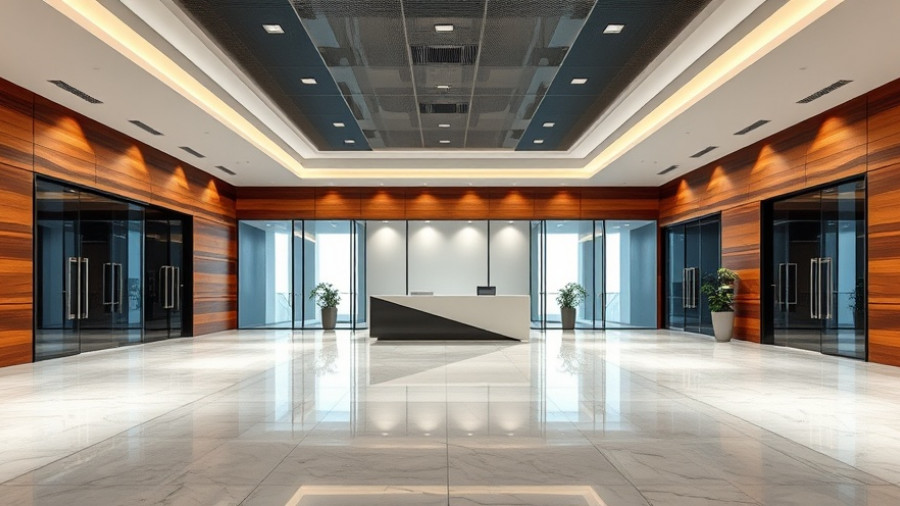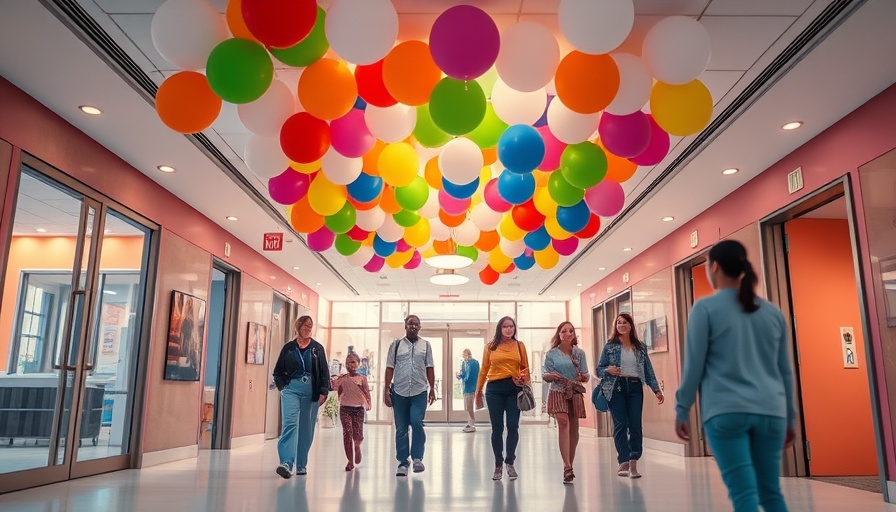
The Future of Housing: What’s on the Horizon?
In an era when government budgets are squeezed tighter than a can of sardines, one might expect federal housing proposals to dwindle into oblivion. However, don’t pack away your construction hats just yet. Recent proposals have unexpectedly sparked significant interest among investors, signaling that innovative solutions can still pave the way for new developments. This convergence of policies, despite budgetary constraints, poses exciting opportunities for business owners, property developers, and facility managers.
Understanding the Federal Landscape: An Investor’s Perspective
The recent federal housing proposals aim to address a pressing challenge: the shortage of affordable housing. With funding limitations in play, the government is increasingly looking toward public-private partnerships. This shift presents a golden opportunity for savvy investors, as these proposals can revitalize market interest and drive competitive advantage through collaboration with the government. The potential returns on investment, coupled with the increased emphasis on sustainable building practices, makes engagement in these projects particularly attractive.
Historical Context: A Glance Back at Housing Policies
Historically, housing policy in the U.S. has oscillated between periods of boom and stagnation, akin to the eerie unpredictability of a roller coaster. During the 2008 financial crisis, housing development took a notable hit. Fast forward to today, and the housing market is once again gaining traction as policymakers embrace new paradigms encouraging innovation in construction. This resurgence provides historical lessons on the importance of adaptive strategies in the face of fiscal reality.
Innovating Under Pressure: Technology to the Rescue
One of the most compelling aspects of these housing proposals is their focus on integrating technology into construction. As David Lee—a seasoned expert in civil engineering—points out, automation and smart building practices can lead to significant cost reductions and increased efficiency. The shift towards green construction is not just a passing trend; it’s a practical response to both consumer demand and environmental concerns. Business owners and property developers who leverage these new technologies stand to benefit from sustainability-focused consumer behaviors.
Societal Impact: More Than Just a Roof Overhead
Beyond financial implications, these housing proposals aim to create vibrant, connected communities—a fact that is often lost amid budget discussions. Investors are recognizing that the social benefits, including improved health and wellness outcomes for residents, are compelling reasons to dive into these projects. Investors mindful of social impact will find that their involvement will not only yield profit but also enhance community development.
Looking Ahead: What’s Next for Investors?
As federal housing initiatives continue to evolve, now is the opportune time for business owners and developers to familiarize themselves with funding mechanisms and collaboration strategies that can maximize their potential. Keeping an eye on policy developments and technological advancements is essential for staying competitive. Proactive engagement with these proposals could very well be the key to unlocking new opportunities and solidifying your role in future developments. It’s no longer just about building homes; it’s about crafting a legacy of innovation in the construction space.
In conclusion, as federal housing proposals generate buzz among investors despite tightening budgets, there is immense value in exploring the interplay between technology, community welfare, and building resilience in the housing market. Don't miss out on the opportunity to be part of this transformative phase of housing development.
Take action now and discover how your business can contribute to and benefit from this evolving landscape.
 Add Row
Add Row  Add
Add 




Write A Comment